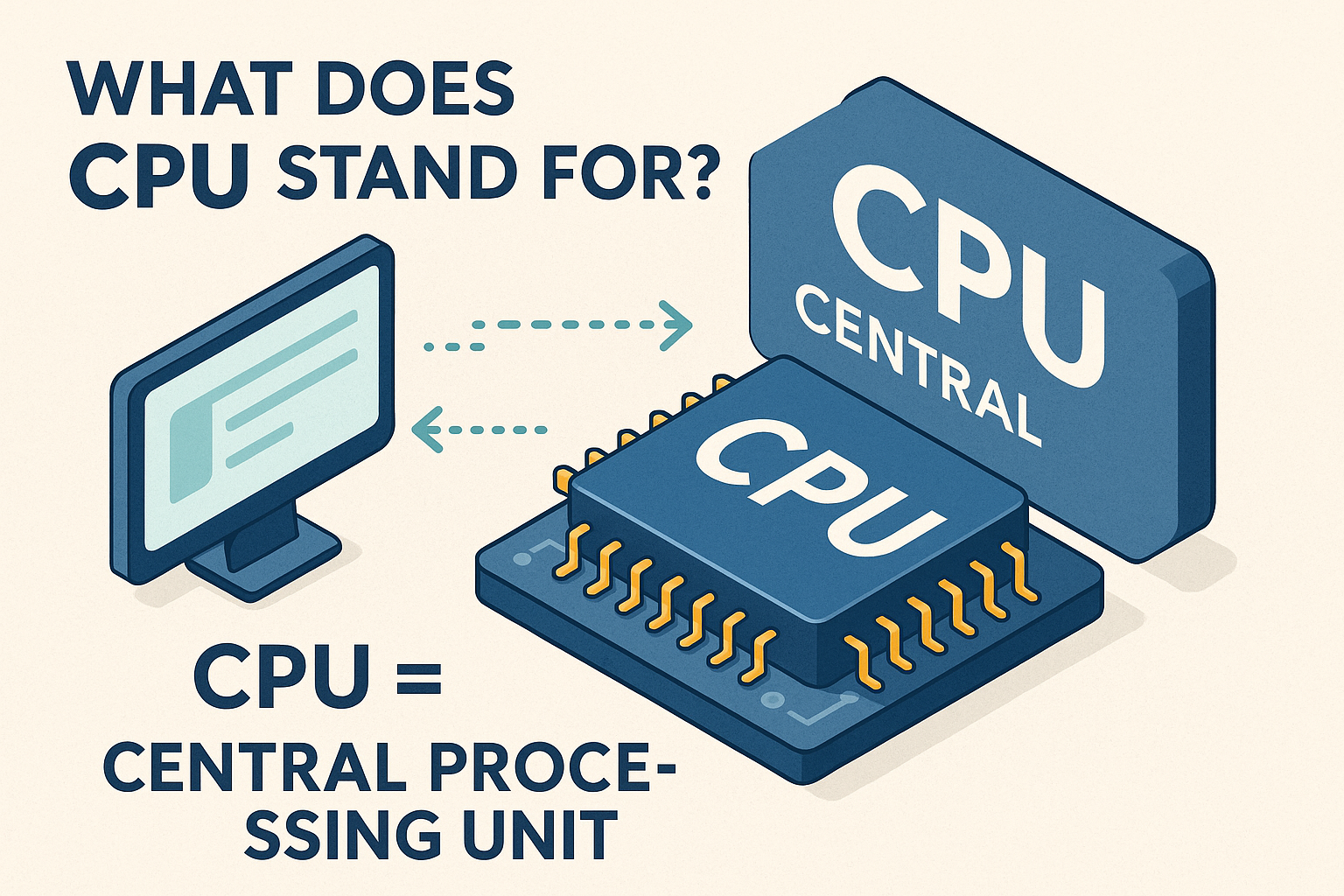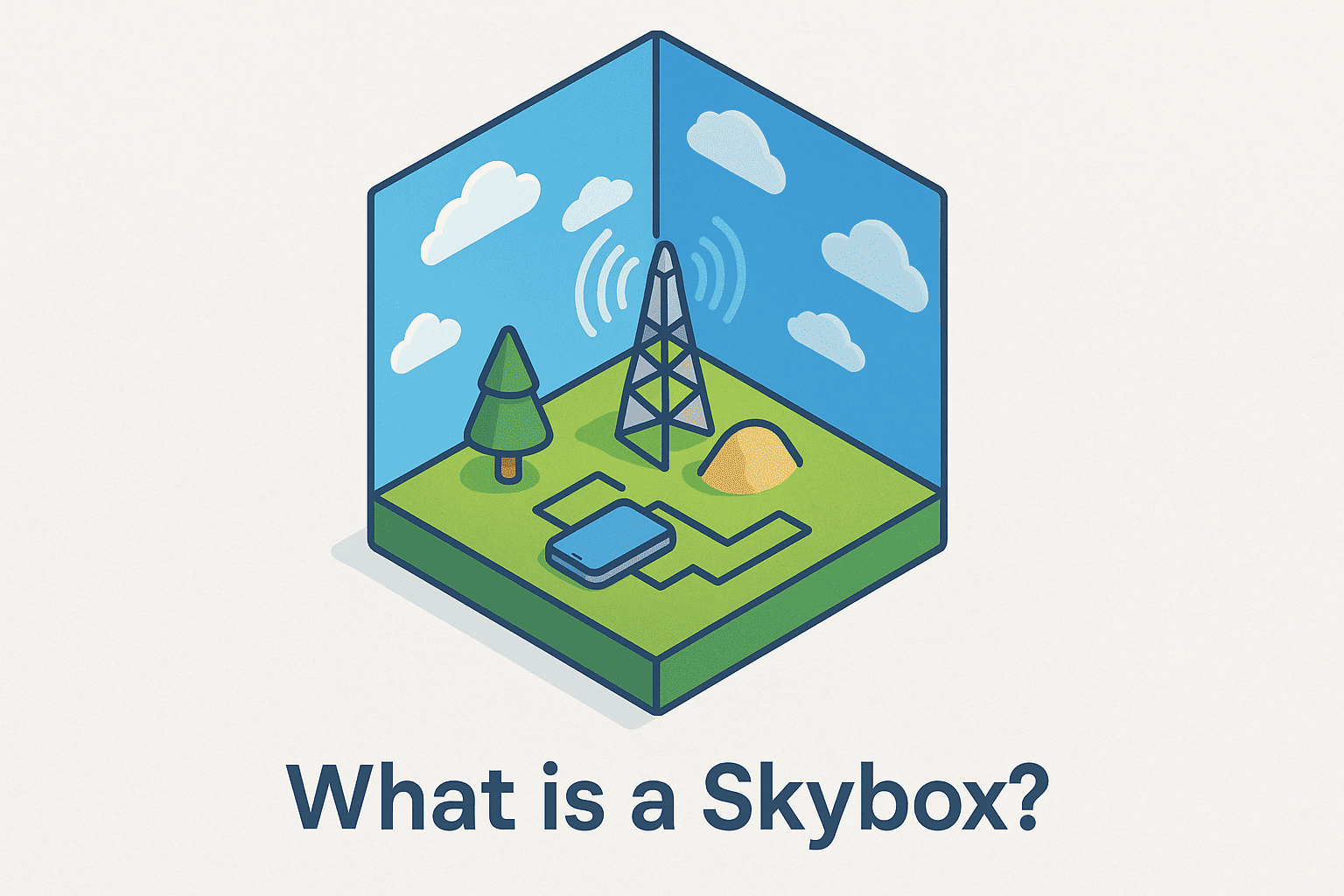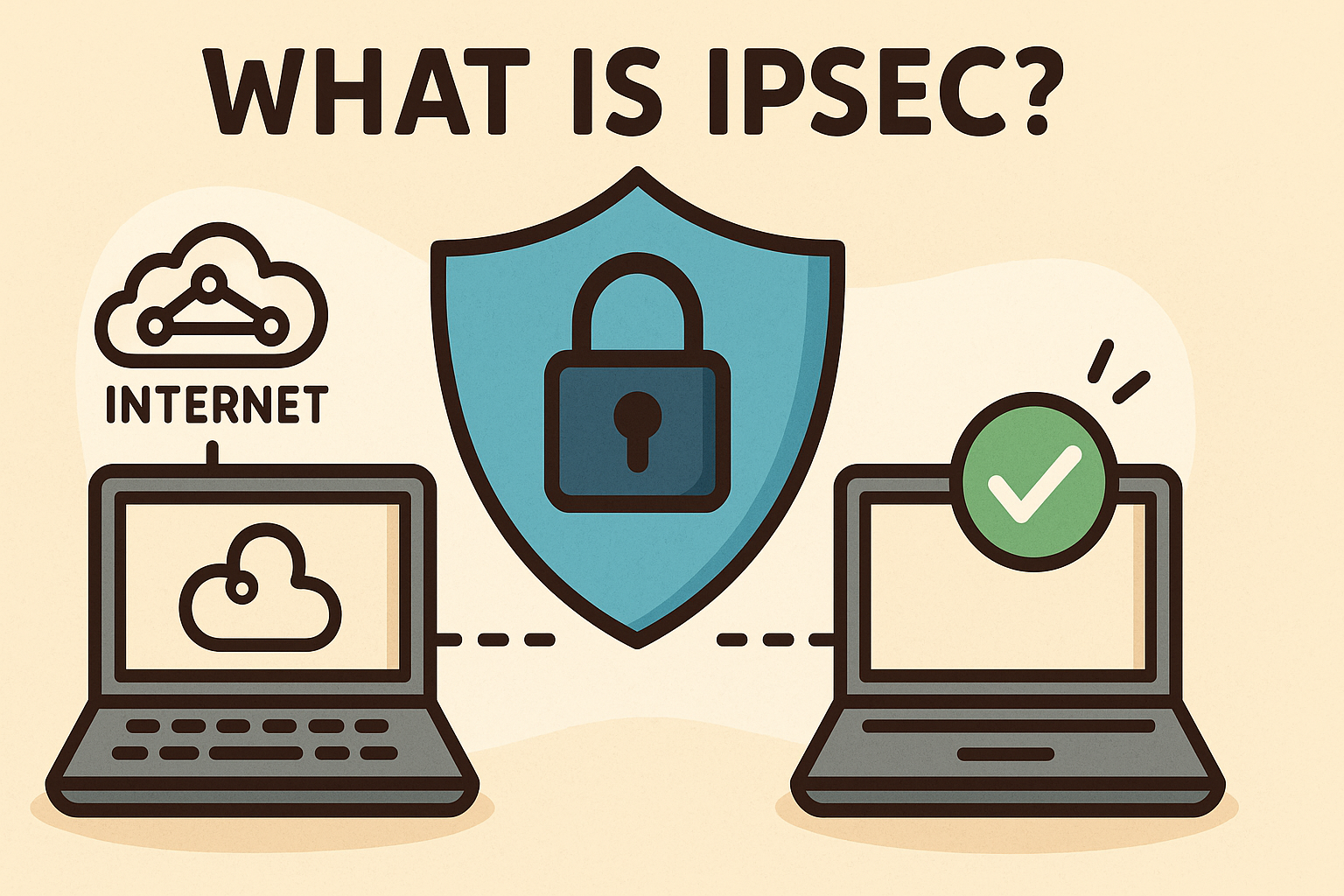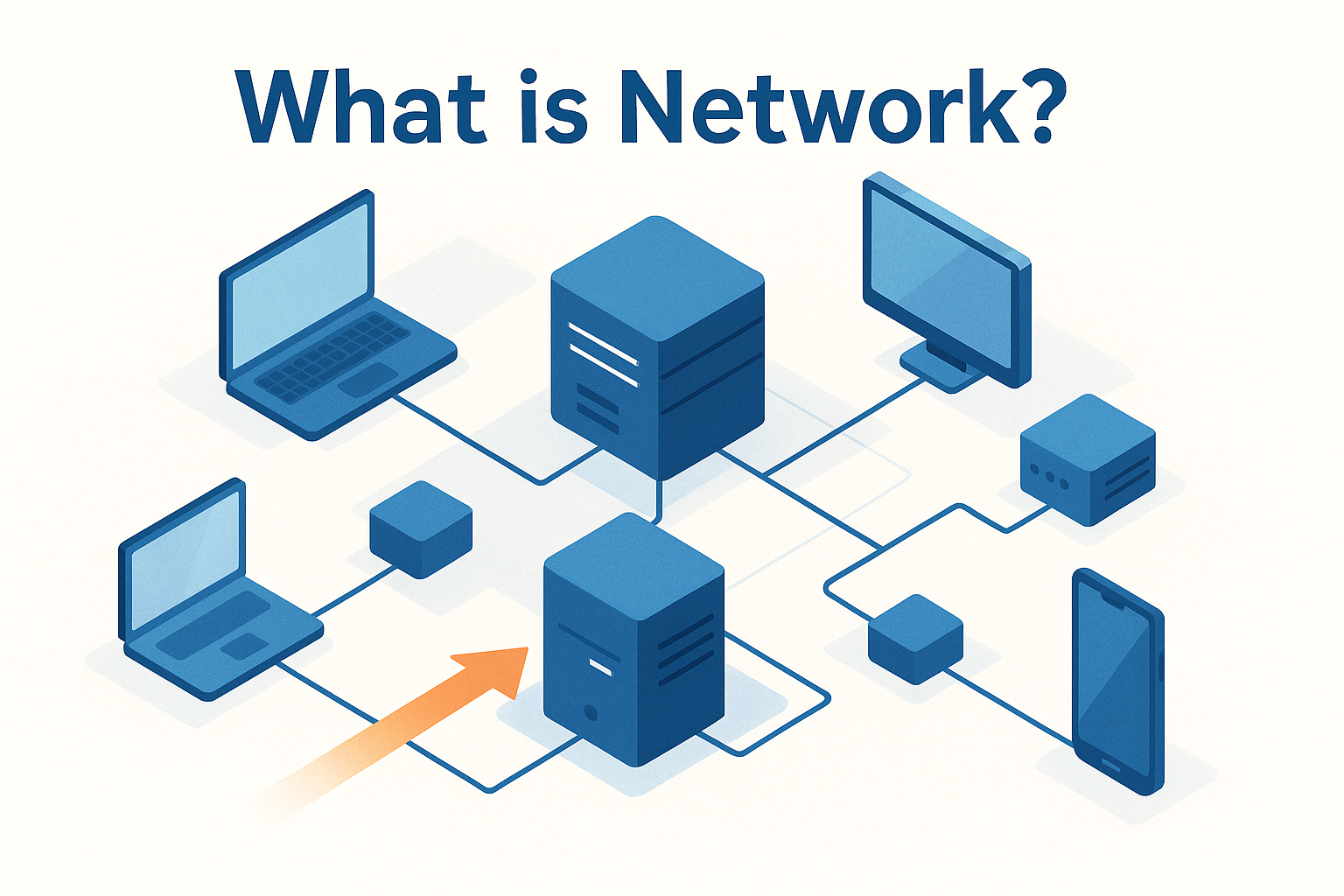What Is Networking? The Complete Guide for Modern Businesses
Updated on June 19, 2025, by Xcitium
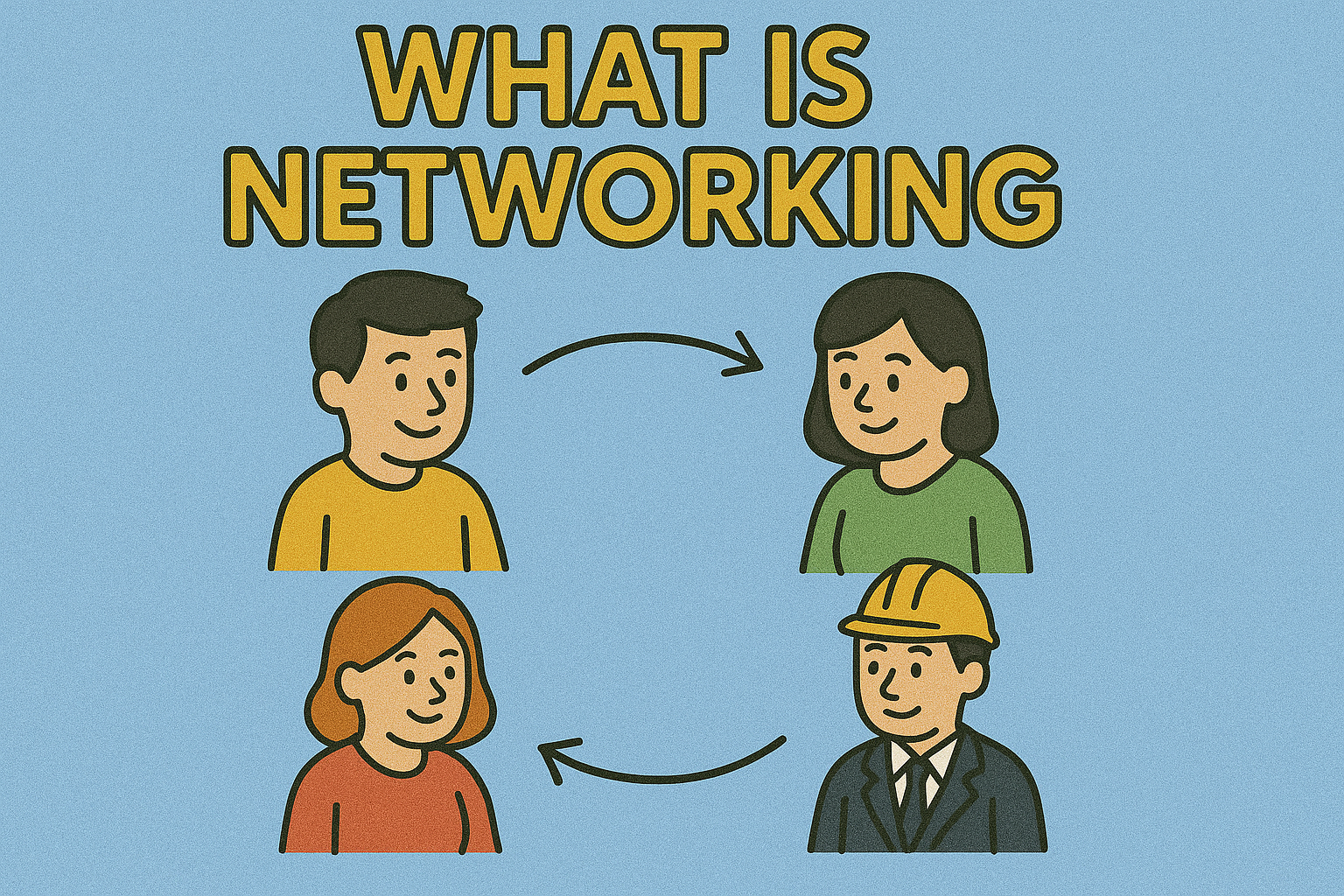
What is networking? From sending emails to accessing cloud apps, networking is the backbone of modern communication and operations. Without networking, businesses would come to a standstill. Whether you’re an IT manager, cybersecurity expert, or CEO, understanding the fundamentals of networking is crucial for building secure, scalable systems.
In this guide, we’ll break down the networking definition, its components, how it differs from switching, and explore topics like software-defined networking and network security.
Networking Definition: The Foundation of Digital Communication
Networking refers to the practice of connecting computers and other devices so they can share data, resources, and services. It involves both hardware (like routers, switches, and cables) and software (protocols, configurations, and management tools).
In essence, networking enables devices—locally or globally—to communicate efficiently and securely.
Networking and Network: Are They the Same?
- Networking is the process of creating and managing networks.
- A network is the actual infrastructure—a collection of connected devices.
Key Components of Networking
To understand what is networking, it’s important to get familiar with its essential components:
1. Network Devices
- Routers: Direct traffic between networks.
- Switches: Connect devices within a local network.
- Access Points: Allow wireless connections to the network.
2. Network Types
- LAN (Local Area Network): Covers a small geographic area (e.g., office).
- WAN (Wide Area Network): Spans large distances (e.g., internet).
- MAN (Metropolitan Area Network): Covers cities or campuses.
3. Network Protocols
- TCP/IP: Ensures data delivery between devices.
- HTTP/HTTPS: Used for browsing the web.
- FTP: Transfers files across networks.
4. Networking Software
- Network operating systems (like Cisco IOS)
- Network management tools (like SolarWinds, Nagios)
Networking and Switching: Understanding the Difference
While networking is the umbrella term, switching is a crucial function within it.
What Is Switching in Networking?
Switching is the method by which data is directed to its destination within a network. A network switch connects multiple devices and ensures efficient packet delivery.
Types of Switching:
- Circuit Switching (used in telephony)
- Packet Switching (used in data networks)
- Message Switching (now mostly obsolete)
Benefits of Switching:
- Reduces data collisions
- Improves performance
- Supports scalability and efficiency
Software-Defined Networking (SDN): The Future of Networking
Software-defined networking (SDN) decouples the control plane from the data plane, allowing network admins to manage traffic programmatically via software.
Key Benefits of SDN:
- Centralized management
- Scalability and flexibility
- Improved network visibility
- Supports automation and orchestration
Use Cases:
- Cloud data centers
- Enterprise WANs
- Service provider networks
Importance of Networking in Cybersecurity
Modern cybersecurity relies on solid networking practices. An insecure network is a gateway for threats like malware, ransomware, and phishing attacks.
Networking Security Essentials:
- Firewalls: Monitor and block unauthorized access
- VPNs: Secure remote access
- IDS/IPS: Intrusion detection/prevention systems
- Network segmentation: Limits lateral movement by attackers
Best Practices:
- Use strong encryption (e.g., TLS, IPsec)
- Update firmware and software regularly
- Monitor network traffic continuously
- Implement access control policies
Common Networking Topologies
Understanding how devices are arranged helps in optimizing performance and security.
Topology Types:
- Star: All devices connect to a central hub
- Bus: Single backbone with all devices connected
- Ring: Devices connect in a circular manner
- Mesh: Every device connects to every other device
Choosing the Right Topology:
- Depends on budget, performance needs, and redundancy requirements
Trends Shaping the Future of Networking
The landscape of networking is evolving rapidly:
- AI-Driven Network Management
- Zero Trust Architecture
- 5G and Edge Networking
- Network as a Service (NaaS)
- Cloud-Native Networking
Staying informed on these trends helps businesses adapt and innovate.
FAQs About Networking
1. What is networking in simple terms?
Networking is the process of connecting devices so they can share information and resources.
2. How is networking different from the internet?
Networking connects devices locally or internally; the internet is a global network connecting millions of networks.
3. What is software-defined networking?
It’s a network architecture approach that uses software to manage traffic, allowing greater control and flexibility.
4. Why is switching important in networking?
Switching efficiently directs data to its destination within a network, minimizing delays and collisions.
5. How do I start a career in networking?
Start with certifications like CompTIA Network+, CCNA, or SD-WAN training. Hands-on experience with hardware and software tools is also valuable.
Final Thoughts: Why Networking Is Non-Negotiable in Modern IT
Understanding what is networking isn’t just academic—it’s essential for secure and seamless business operations. From configuring switches to deploying software-defined solutions, networking forms the foundation of digital transformation.
Want to upgrade your enterprise networking infrastructure? Request a demo from Xcitium today.




